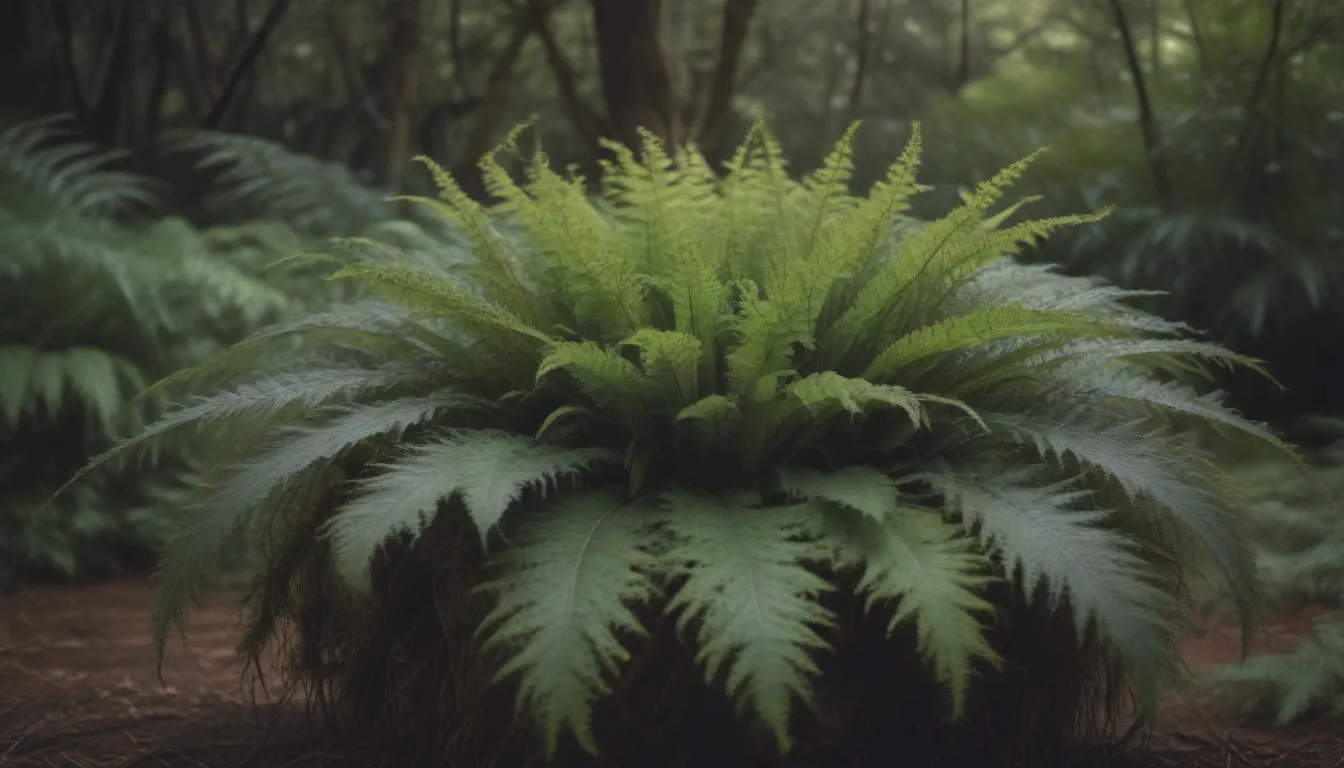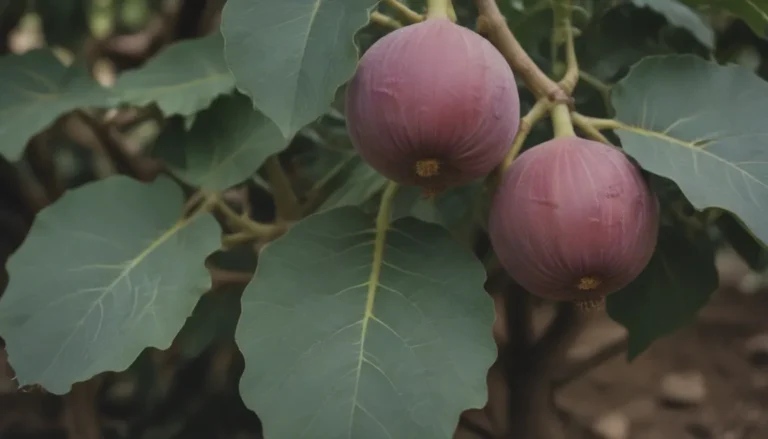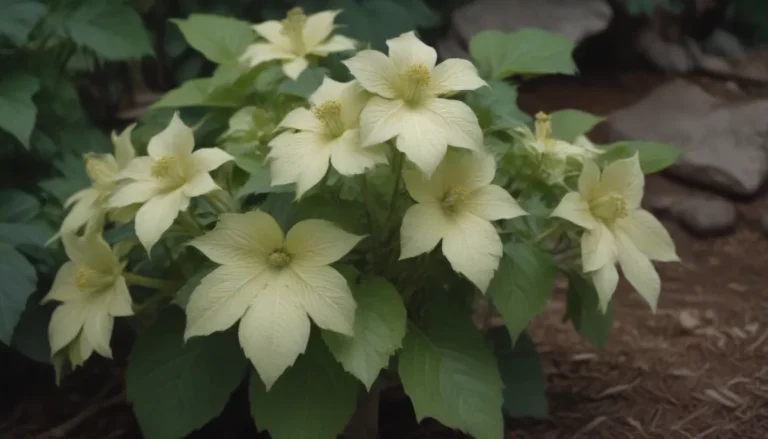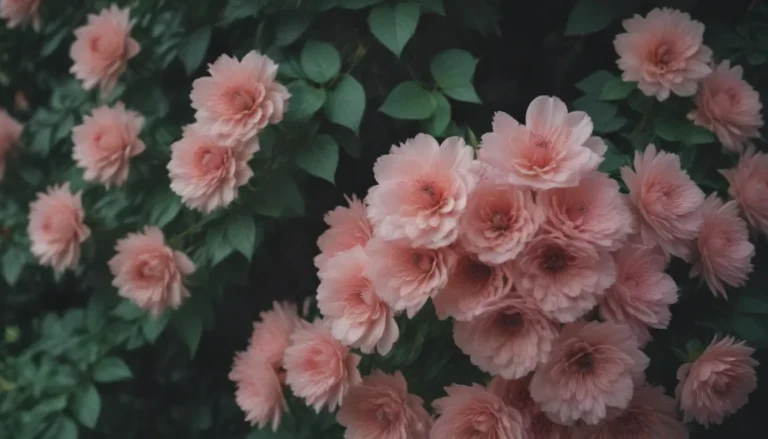Everything You Need to Know About Growing and Caring for Japanese Bird’s Nest Ferns

If you’re on the lookout for a unique and eye-catching addition to your indoor plant collection, look no further than the Japanese bird’s nest fern (Asplenium antiquum). This plant stands out with its flat, long, and shiny fronds that resemble a bird’s nest, complete with a decorative wavy edge. Often mistaken for the bird’s nest fern (Asplenium nidus), the Japanese bird’s nest fern is a slow-growing plant that requires specific care to thrive.
Why Choose the Japanese Bird’s Nest Fern?
The Japanese bird’s nest fern is not your average houseplant. With its distinctive fronds and rosette form, it’s a conversation starter and a beautiful addition to any space. Here’s why you should consider adding a Japanese bird’s nest fern to your plant collection:
– Unique appearance with flat, long, shiny fronds
– Upright rosette form resembling a bird’s nest
– Decorative wavy edge on mature fronds
– Adds a touch of tropical beauty to your home
Asplenium Antiquum Care Guide
To keep your Japanese bird’s nest fern healthy and thriving, it’s essential to understand its care requirements. From lighting and soil to watering and humidity levels, here’s a comprehensive guide to caring for Asplenium antiquum.
Light
- Outdoors, Japanese bird’s nest ferns prefer moderate to deep shade to avoid leaf scorch.
- Indoors, place your fern near a north or east-facing window for medium, indirect light.
- Ensure high humidity levels in areas with lower light to promote healthy growth.
Soil
- Use well-draining, organically rich, slightly acidic soil for outdoor plants.
- For indoor plants, consider a fern potting medium or create your own mix with peat moss, perlite or vermiculite, and activated charcoal for proper drainage.
Water
- Wait until the top few inches of the potting medium are dry before watering thoroughly.
- Avoid top watering to prevent crown rot and ensure the base of the rosette is watered carefully.
- Adjust watering frequency based on indoor heat and humidity levels.
Temperature and Humidity
- Maintain high humidity levels around 70% for optimal growth.
- Keep temperatures between 60 and 80 degrees Fahrenheit for the healthiest growth.
- Avoid drafts and dry air to prevent stress on the plant.
Fertilizer
- Apply a weak, balanced liquid fertilizer monthly during the growing season to promote growth.
- Avoid high-nitrogen formulas and overfeeding to prevent damage to the fronds.
Pruning and Propagating Japanese Bird’s Nest Ferns
Maintaining your Japanese bird’s nest fern involves minimal pruning, with a focus on removing dead or dying leaves to encourage new growth. Propagating Asplenium antiquum can be challenging due to their slow growth and delicate fronds. While division and spore propagation are options, they require patience and care to succeed.
Potting and Repotting
- Only repot your Japanese bird’s nest fern when necessary, using a slightly larger pot with good drainage.
- Replace the potting medium with a fresh mix to provide nutrients and support growth.
Common Pests and Plant Diseases
Although Japanese bird’s nest ferns are relatively resistant to pests and diseases, fungal issues and common houseplant pests like aphids and mealybugs can occur. Keep an eye out for signs of infestations and treat promptly with natural insecticidal soaps.
Troubleshooting Common Problems
If your Japanese bird’s nest fern shows signs of stress, such as frond deformities or discoloration, it’s essential to address the underlying issues promptly. Adjusting light levels, humidity, and watering habits can help revive a struggling plant and maintain its health and beauty.
Final Thoughts on Japanese Bird’s Nest Ferns
In conclusion, the Japanese bird’s nest fern is a unique and rewarding houseplant that can thrive in the right conditions. By providing high humidity, even moisture, and moderate light, you can enjoy the beauty of healthy, wavy fronds that resemble a bird’s nest. With proper care and attention, your Japanese bird’s nest fern will grow into a stunning and vibrant addition to your indoor garden.





